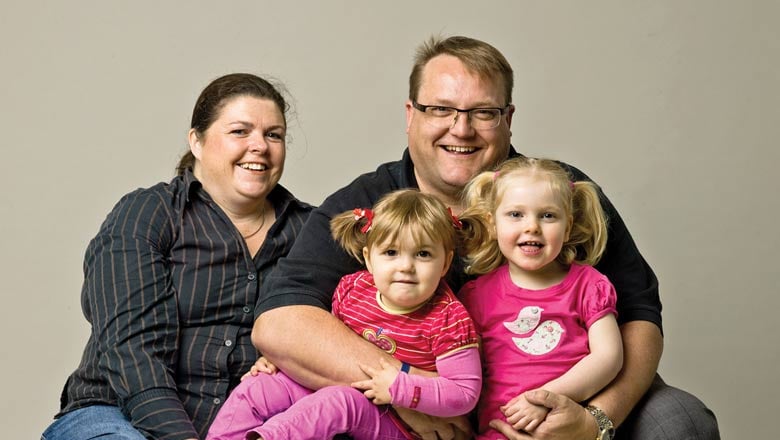Search

News & Events
Global research for rare disorderThe Kids Research Institute Australia researchers set out on a worldwide search to find out all they could about Rett syndrome, establishing databases and creating awareness.
Research
Determinants of sleep disturbances in Rett syndrome: Novel findings in relation to genotypePrevalence and determinants of sleep problems in Rett syndrome
Research
Parental perspectives on the communication abilities of their daughters with Rett syndromeHow females with Rett syndrome communicate in everyday life and the barriers and facilitators to successful communication
Research
Clinical guidelines for management of bone health in rett syndrome based on expert consensus and available evidenceA clinically significant history of fracture in combination with low bone densitometry findings is necessary for a diagnosis of osteoporosis in Rett Syndrome
Research
Rett syndrome: Establishing a novel outcome measure for walking activity in an era of clinical trials for rare disordersRett syndrome is a pervasive neurological disorder with impaired gait as one criterion.
Research
A validation study of a modified Bouchard activity record that extends the concept of 'uptime' to Rett syndromeThe aim of this study was to investigate the validity of using a Bouchard activity record (BAR) in individuals with Rett syndrome to measure physical...
Research
Community participation for girls and women living with Rett syndromeParticipation for girls and women with Rett syndrome could be enhanced by stronger local community supports.
We developed recommendations to assess and manage issues relating to poor growth and weight gain in Rett syndrome, including consideration of gastrostomy.
We investigated our data from family questionnaires to see how feeding difficulties related to age, the type of MECP2 mutation, and the use of gastrostomy.

